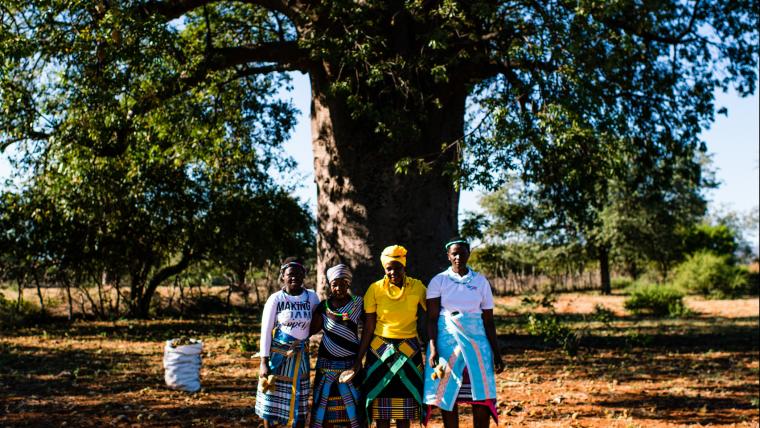
The fate of Africa’s most iconic trees are in the hands of these guardians
The tree of life is crying out for help. For centuries, baobabs have given people and animals vital nourishment and shelter. With wide trunks and sparse branches that resemble roots, they are an iconic feature of Africa’s landscape. Yet the increasing climate crisis is wiping the plants off the planet. Scientists suspect that temperature changes weaken baobabs, and in some cases kill them entirely. During the past decade, trees as old as 2 500 years have died. But in Venda, Limpopo, a revolution is taking place. A group of women known as the Baobab Guardians are restoring their population.
“We look after the baobab trees and they look after us,” Blessing Mamubeda says. The synergy between people and the plants inspired ecologist Dr Sarah Venter to create the Baobab Guardian programme. She encourages and trains women such as Mamubeda to plant seedlings in their own gardens. Later, they’re transplanted around the village. Some guardians build special enclosures to protect the baby giants until they’re at least three metres. This keeps them above the reach of livestock that try to eat the plants. Once the baobabs are strong, they can grow without supervision.
Nurturing the baobabs requires, on average, a three-year commitment. The women are paid for their efforts, but their dedication is laden with love. “Growing these trees instils a sense of pride and respect in our environment,” Mamubeda says. Her community makes rope, baskets, and cloth from the baobab bark, while the dry, white fruit has medicinal qualities. So far, the guardians have fostered close to 40 trees. With their help, this species will outlive the people working to save it, so we can continue to live in harmony for centuries to come.






























Please sign in to leave a comment